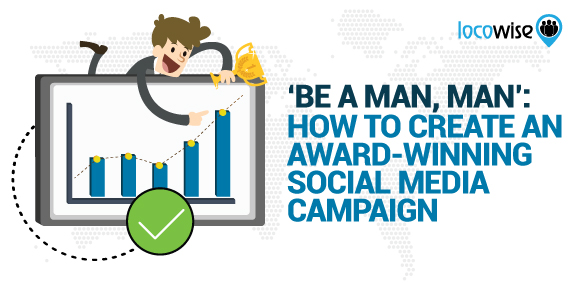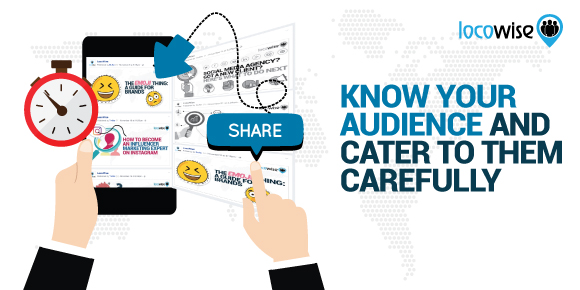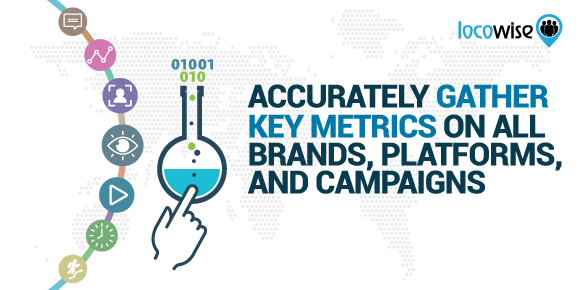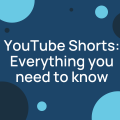‘Be A Man, Man’: How To Create An Award-Winning Social Media Campaign
Catherine Hayden posted on 2 March 2017
Great content is always these three things: original, compelling, and shareable.
The best social media teams get this right not only by being good at what they do, but also by making insights work hard for them.
The Old Spice rebrand is the perfect case study in all of these things.

Be (Really) Creative
Consumers get bored easily, especially online. Brands can easily blur together – those that really stand out are the originals. The 2010 Old Spice rebrand campaign by Wieden + Kennedy is the perfect example of an award-winning idea that made something ‘old’ look new and exciting.
On the shelves since 1938, Old Spice used to be perceived as very white and middle class, the scent of an elderly ‘gentleman’. Old Spice shower gel used to be sold with the slogan: ‘The original. If your grandfather hadn’t worn it, you wouldn’t exist.’
When the brand started lagging behind competitors with a younger target market (and market share), a very talented marketing team found a way around this by completely re-envisioning it.
Playing with the logo, a very uninteresting (and even politically worrying) colonial-era sailing ship, they decided to re-imagine the nautical theme in a campaign featuring a shirtless Isaiah Mustafa. The actor and former American football player is now mainly known for his role as ‘The Man Your Man Could Smell Like’ in video ads for Old Spice. He made Old Spice new and sexy – even a little controversial – and had the clout to carry off the brand’s new slogan: ‘Smell like a man.’
Importantly, Wieden + Kennedy used the right platforms to promote the line of ‘man fresheners’ to a younger audience. They built a quirky new website, created funny social media content, and used YouTube videos as the core of the campaign.
Take a look at some of the best Old Spice ads on YouTube and see for yourself.
Be Compelling
Without compelling content, don’t expect conversions. Compelling content draws audiences in and, hopefully, makes them feel the kind of emotion that pulls them towards a brand.
Every single piece of content you send out into the world should be created with three things in mind:
1. Clean, bold imagery
People are drawn to visuals. Unfortunately, as brands vie for attention and market share online, there’s a lot of clutter when it comes to advertising imagery. People often feel bombarded by it and just tune out. Simply following good design principles (keep it clean, simple, and bold) won’t guarantee that your content gets noticed or even recognised as your own.
Branding needs to be clear and consistent, but not repetitive. Following your CI will ensure that you’re always on brand, but creating images that draw attention to your content will get your content seen. Novelty always works, controversy works (but it might not be appropriate for your brand), sexy works, and, as much as we’d like to avoid this fact, ‘beautiful’ works.

2. Strong short copy
Even the best copy gets lost when it’s written without design in mind. Make sure writers and designers are always (literally) on the same page. Like design, copy needs to be clean, simple, and bold. If you’re going to do one thing really well when it comes to written content, focus on the short copy and take the time to get your headlines right. Long headlines are ignored by busy people checking their social feeds. The same goes for headlines written in awkward or unfamiliar language. Ironically, headlines that look like clickbait don’t get really clicks as they’re not associated with good content.
Compare these real headlines and you’ll see what we mean:
Long and awkward:
Bridgestone is initiating the share buyback as operating profit fell for the first time in seven years as a stronger yen eroded repatriated profit.
Very long and awkward:
Remoaner-in-chief Tony Blair vows to make it his ‘mission’ to keep Britain INSIDE the EU despite admitting there is ‘no appetite’ to reverse the historic Brexit referendum vote.
Excellent:
6 in 10 of you will share this link without reading it, a new, depressing study says
Don’t forget to follow @savedyouaclick, the Twitter account that’s notorious for taking down bad headlines and clickbait, if you don’t already.
3. ‘Feels’
Make your audience feel something. Depending on your brand, create content that makes people happy, sad, angry, afraid, or surprised. Anything but bored. Boredom does not lead to shares, likes, comments, and retweets. At best, it can lead to bad sentiment.
Be Shareworthy
If your visuals and copy are compelling and unique, you’ve probably already got shareability in the bag. There are a few more things you can do to make people want to share your content with your friends, though.
Most importantly, know your audience and cater to them carefully. Both men and women have a sense of humour, but they’re equally as likely to share sad content, according to research from content marketing company Fractl.
This might be unsurprising to someone who works in social media, but you might not know that men are 8 percent more likely to share political news and satirical content, while women are 5 percent more likely to share inspiring stories and pictures of food.
Looking at different age groups, millennials are the most likely to share memes. Generation X is the least likely to share content about food, while baby boomers are the most interested in sharing political content (both men and women) and images of cute animals and babies (predominantly women).
One thing that applies to everyone is the importance of social validation. People are more likely to share something that’s already been shared, and even more likely to share something that’s been shared repeatedly.

Pro tip: make sure everyone you work with, as well as your client, knows about the great content you’ve created and tells their friends about it. The results can be really impressive if you get the ball to start rolling quickly.
Inspo
Creativity is something you need to feed if you want to create your own award-winning campaign. So:
● READ
Dedicate at least an hour a day to each brand you work on. Do keep up-to-date at the industry and competitors, but don’t limit yourself. Limitation kills creativity.
● SEE
Look at images in all kinds of advertising, not only what’s online and in social media. Magazines, billboards, and TV can give you fresh perspectives. Pay attention to design in general and don’t neglect art. Visit a nearby gallery, or go to a design conference. This all counts as research. Get your manager on board so getting out there and taking a look at the world around you becomes a team effort.
● COLLABORATE
Some of the best ideas come from teamwork – the Old Spice rebrand did not come from one person. Don’t just hold brainstorming sessions with the marketing team, though. Fresh perspectives often come from surprising places. Try offering free snacks as a way to get another department to pitch in with thoughts and ideas.

● TALK
Talk to people you know ‘IRL’ and on social media. If you’ve made a point of growing relevant audiences on your personal platforms, ask them questions too. Twitter polls can be a lot of fun if you approach them with a sense of humour. If a brand you’re working on has an older demographic, use a family gathering to ask grandparents and older aunts and unless what they’d like to see in a product or service, as well as how they’d like to see it advertised.
● VENTURE FORTH
When you’re doing research about a brand, don’t be industry-specific. New connections are made when opposing or unlikely ideas come together. This is how originality is born.
Level-Up Your Insights
Data will tell you when your inspiration and creativity start paying off. If you haven’t yet, declutter your workflow by centralizing your analytics.
Because each social media platform has its own quirks when it comes to giving data on your performance (some being more reliable than others), pulling data separately is time consuming and can be confusing.
Your social media performance management tool needs to be able to accurately gather key metrics on all brands, platforms, and campaigns. You should be able to monitor all of your metrics on one dashboard. Make sure both paid and unpaid activity are tracked in a number of languages, and that you have access to smart algorithms that help you predict future behaviour.
You can’t change what isn’t working without good insights followed by action. Be a (wo)man, (wo)man, and use all the tools you have at your disposal to make campaigns that stand out.

Would you like to get your hands on some of the best metrics around? Try a 14 day trial of Locowise, absolutely free.





